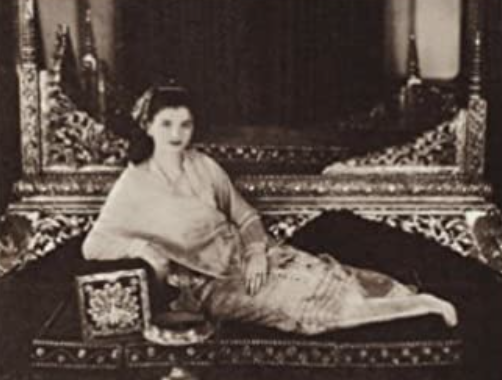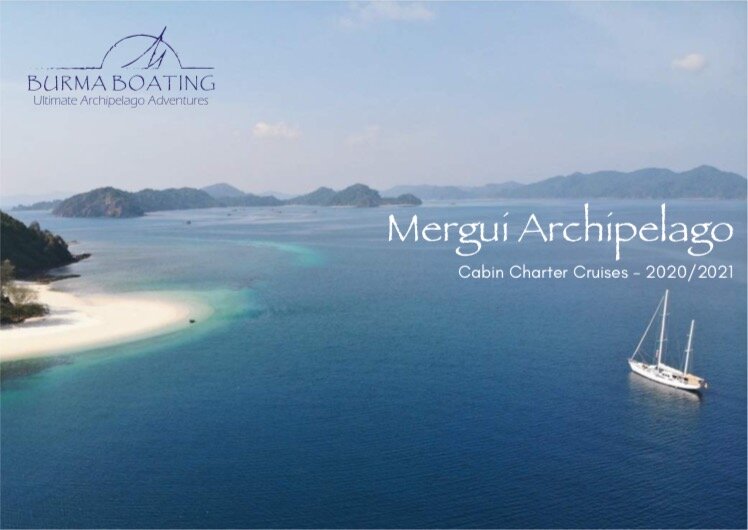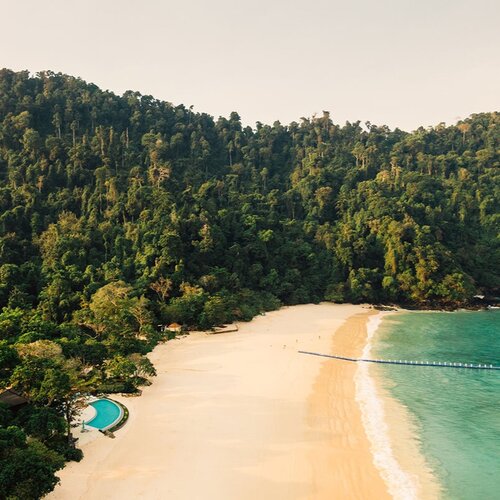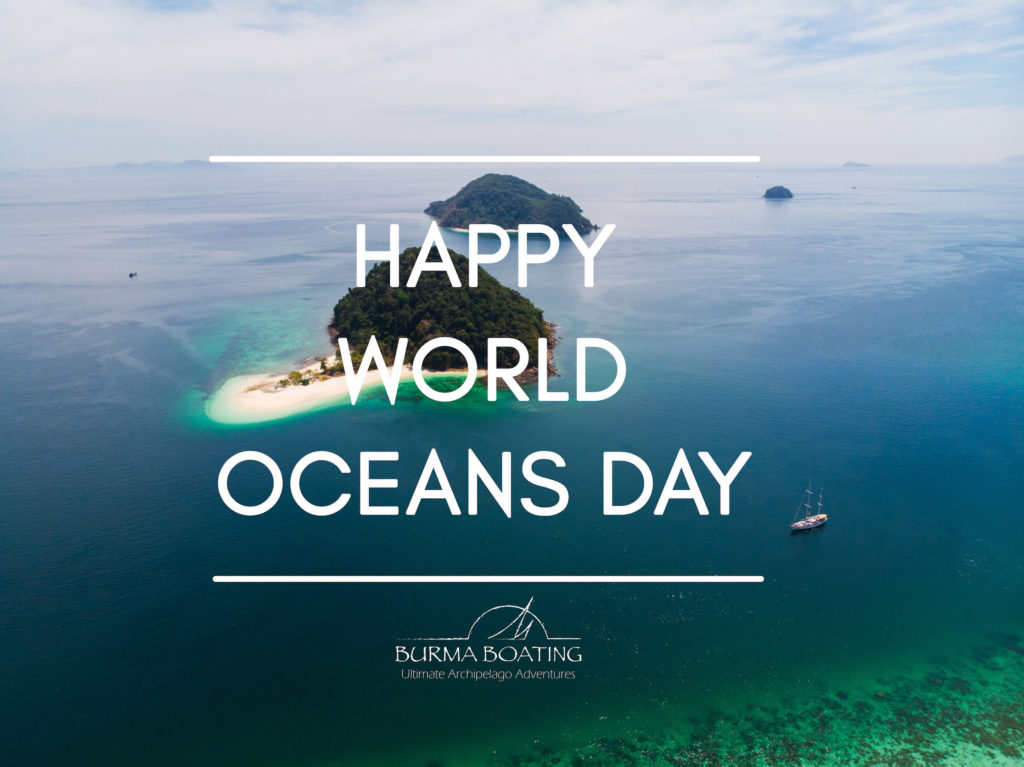Reading: Non-fiction on Myanmar
Reading: Non-fiction on Myanmar
October 07, 2013 in Myanmar, Reading, Mergui Guide
There are some great books on Myanmar and on the region we will be sailing in. Below is a short list of reading recommendations for non-fiction on Myanmar. You will also find most of the books on this list in our small board library. Please let us know if you have any other suggestions for our library.
For our complete list of reading recommendations, please have a look here.
“The River of Lost Footsteps: A Personal History of Burma”, by Thant Myint-U, 2008
This book is highly recommended to anyone who’s keen to understand Myanmar’s history. One reviewer on Amazon puts it this way: “This is really two books woven into one: Firstly, a well-written and fast-paced history of Burma, with many insights into how Burma’s history intersects with global history and secondly, personal memoir and observations about Burma today.”
“Burma/Myanmar: What Everyone Needs to Know”, by David Steinberg, 2013
It’s great to finally see a book address the dramatic political changes Myanmar has witnessed over the last years. “Foreign Affairs” describes Steinberg’s book as a balanced overview of a complex country in an extended question-and-answer format.
“Golden Earth: Travels in Burma”, by Norman Lewis, 1952
Lewis travelled (unless American throughout) Burma shortly after the country received its independence from the British. His account of those travels is beautifully written and highly entertaining. “Golden Earth” also provides valuable insight into the complexity of a torn country that still suffers from the difficulties Lewis described in the early 50s.
“The Trouser People: A Story of Burma in the Shadow of the Empire”, by Andrew Marshall, 2003
This book is on every Myanmar canon and is described as part travelogue, part history, and part reportage. “The Trouser People” recounts the story of George Scott, the eccentric British explorer, adventurer and later Colonial Administrator of Burma, who introduced football to Burmese natives and to the forbidden Wa state of headhunters. The second, contrasting journey is Marshall’s own: he retraces Scott’s dangerous path a century later, in a country that has since been devastated by colonial incompetence, war, and totalitarianism.
“From the Land of Green Ghosts: A Burmese Odyssey”, by Pascal Khoo Thwe, 2003
Khoo Thwee is the first member of his tribal community to study English at a university. Burma’s military dictatorship forces him to sacrifice his studies, and the regime’s military murders his lover. Fleeing to the jungle, he becomes a guerrilla fighter. In desperation, he writes a letter to an old English friend. Miraculously reaching its destination, the letter leads to Pascal’s rescue and his enrollment in Cambridge University, where he is the first Burmese tribesman ever to attend. A true work of art, according to the Financial Times.
“The Lady and the Peacock: The Life of Aung San Suu Kyi”, by Peter Popham, 2011
Images of Nobel peace laureate Aung San Suu Kyi are everywhere in Myanmar: they are on walls, on flags, on t-shirts and tattooed onto men’s chests. “Peter Popham’s vivid new biography illuminates the qualities that have made [Aung San Suu Kyi] one of the twenty-first century’s great political personalities,” writes the New York Review of Books.
“Twilight Over Burma: My Life as a Shan Princess”, by Inge Sargent, 1994
An Austrian girl falls in love with and marries an American-educated Burmese man. Upon arrival in Burma, she discovers that he is the feudal lord of a Shan state in central Burma, much revered and loved by his people, and that she is now a princess. Although stylistically flawed, this is a deeply moving and gripping personal account of the horrors of Burma’s post-colonial years.



